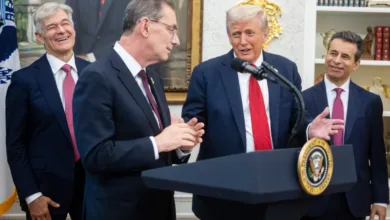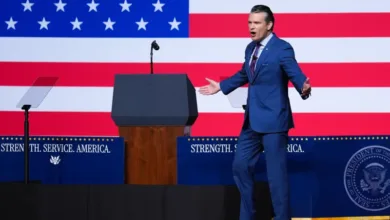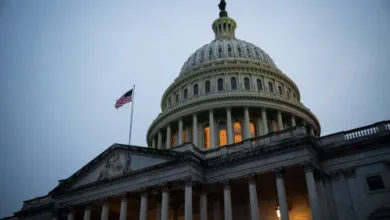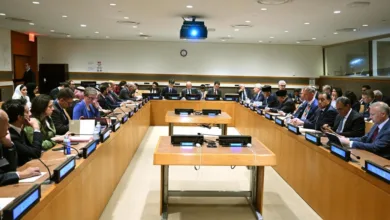U.S. Immigration Drops for First Time in 50 Years Amid Crackdown
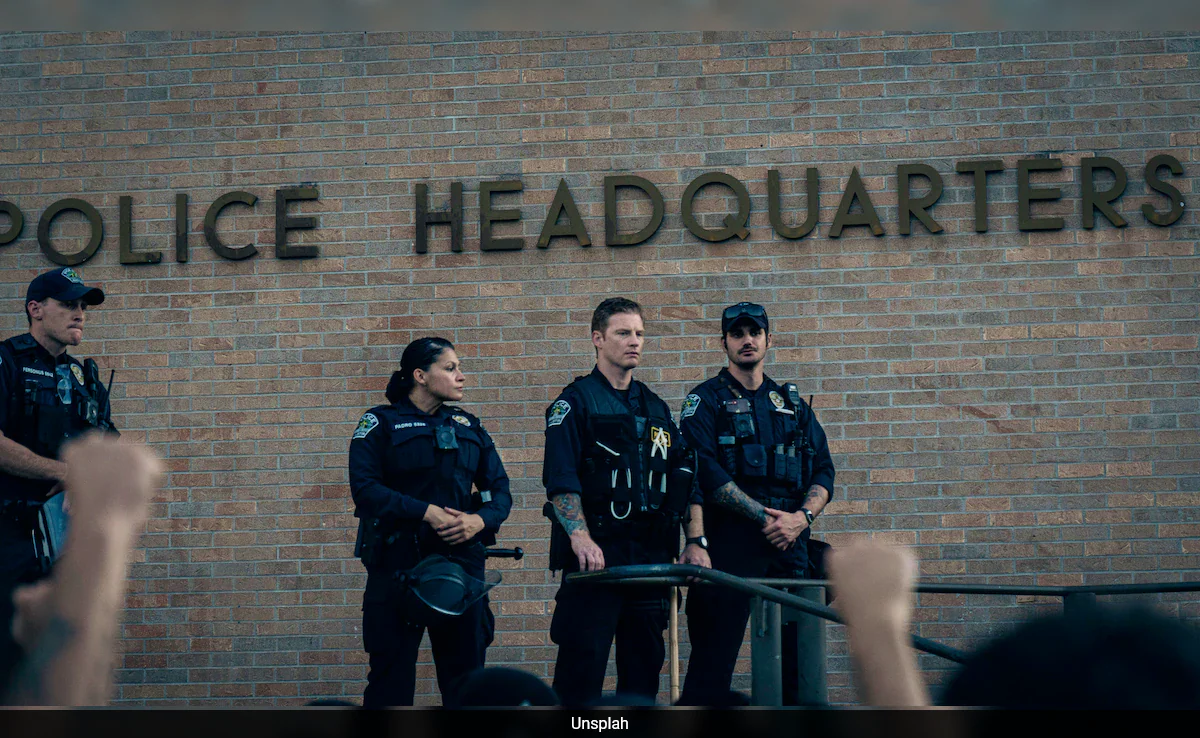
The United States has witnessed a historic decline in immigration numbers, marking the first drop in five decades. Recent government reports indicate that immigration has fallen significantly due to intensified enforcement measures, stricter visa regulations, and heightened scrutiny at the nation’s borders. This dramatic shift has sparked widespread debate among policymakers, economists, and international observers about the future of U.S. immigration policy.
Overview of the Decline
According to the Department of Homeland Security (DHS), the total number of legal and illegal entries into the U.S. has decreased compared to previous years. Analysts attribute the decline to a combination of policy crackdowns, enhanced border security, and ongoing geopolitical factors influencing migration patterns.
This trend contrasts sharply with the steady growth seen over the past fifty years, during which the United States has consistently welcomed millions of immigrants annually. The drop has immediate implications for the labor market, international relations, and demographic trends.
Factors Driving the Drop in Immigration
Stricter Enforcement Measures
Recent U.S. administrations have implemented comprehensive enforcement policies aimed at reducing illegal immigration. These measures include increased patrols, stricter penalties for visa overstays, and accelerated deportation procedures.
Visa Restrictions
Tighter restrictions on work and student visas have also contributed to the decline. The U.S. State Department reports that visa approvals have fallen by double digits for certain categories, particularly affecting foreign workers and students from Asia, Africa, and Latin America.
Geopolitical and Economic Factors
Global events, including conflicts, economic instability, and public health crises, have altered migration flows. Many potential immigrants are opting to delay or reconsider their plans due to increased uncertainty in U.S. immigration policy.
Impact on the Labor Market
Immigration has long played a vital role in supporting the U.S. workforce, particularly in sectors such as agriculture, healthcare, technology, and transportation. The decline in immigration is expected to have significant consequences:
-
Labor shortages in essential sectors.
-
Increased wage pressure as employers compete for limited talent.
-
Potential delays in service delivery and reduced economic growth.
The trucking, construction, and technology sectors are already reporting challenges in hiring skilled workers, highlighting the tangible effects of stricter immigration enforcement.
Demographic Implications
Over the past five decades, immigration has contributed to the United States’ diverse demographic landscape. The current decline may slow population growth, particularly in regions heavily reliant on immigrant communities.
Urban vs. Rural Impact
Urban areas, traditionally hubs for immigrant populations, may experience reduced cultural diversity and slower economic expansion. Meanwhile, rural areas that depend on migrant labor, especially in agriculture, may face labor shortages and economic strain.
International Reactions
The drop in immigration has drawn attention from countries that traditionally send workers to the U.S., including India, Mexico, China, and the Philippines. Governments are monitoring the situation closely, concerned about the welfare of their citizens and the future of bilateral labor agreements.
The development has also been featured in global World news outlets, emphasizing its potential implications for international labor markets and economic cooperation.
Political Debate
Supporters of the Crackdown
Proponents argue that stricter immigration policies are necessary to maintain national security, protect domestic jobs, and ensure legal compliance. They cite reductions in visa violations and undocumented entries as evidence of policy effectiveness.
Critics of the Crackdown
Opponents contend that the decline in immigration could have negative economic consequences, particularly in sectors reliant on foreign labor. They also warn of potential diplomatic strains and long-term demographic challenges.
The debate is playing out across media platforms, with extensive coverage in both U.S News and Breaking News sections.
Social and Cultural Consequences
Immigration has historically enriched American society through cultural diversity, innovation, and entrepreneurship. A sustained decline could impact cultural institutions, educational systems, and social cohesion.
Communities that previously benefited from immigrant contributions in arts, business, and public services may face diminished engagement and slower community development.
Policy Considerations
Short-Term Solutions
Policymakers are evaluating temporary measures to address labor shortages, including targeted work visa programs and expedited approval processes for essential workers.
Long-Term Strategies
Long-term solutions focus on comprehensive immigration reform that balances enforcement with economic needs. Experts suggest policies that:
-
Streamline legal immigration pathways.
-
Encourage integration of skilled immigrants into critical industries.
-
Maintain national security while supporting economic growth.
Collaboration with Other Countries
Bilateral agreements with countries like India, Mexico, and the Philippines could help ensure a steady flow of skilled labor while maintaining compliance with U.S. regulations.
Case Studies
The Technology Sector
Tech companies, heavily reliant on foreign talent, report increased difficulty hiring qualified candidates. Delays in H-1B visa approvals and stricter work authorization requirements have slowed project timelines and innovation.
Agriculture and Food Supply
Farmers and agribusinesses, particularly in states like California and Florida, are experiencing labor shortages due to reduced seasonal worker availability. This could impact crop yields and food prices nationwide.
Healthcare
Hospitals and care facilities, reliant on immigrant nurses and support staff, are struggling to meet growing demand. Staffing shortages risk patient care quality and exacerbate workforce stress.
Media Coverage
Media outlets across the United States have extensively covered the immigration decline. Editorials and analyses highlight both economic risks and security considerations, while global coverage emphasizes the U.S. role as a migration destination.
Social media discussions reveal a divided public, with heated debates over the balance between enforcement and economic necessity.
Future Outlook
Experts predict that immigration trends will continue to evolve in response to U.S. policy, global events, and labor market needs. Monitoring, evaluation, and adaptive policymaking will be crucial to managing the social, economic, and diplomatic consequences.
Potential Scenarios
-
Moderate Scenario: Temporary declines stabilize as new visa programs are implemented.
-
Pessimistic Scenario: Prolonged restrictions lead to sustained labor shortages and slowed economic growth.
-
Optimistic Scenario: Comprehensive reform balances security with labor market demands, stabilizing immigration flows.
Conclusion: Navigating a Historic Shift
The first drop in U.S. immigration in 50 years represents a pivotal moment for the nation. Policymakers, businesses, and international partners must navigate complex economic, social, and diplomatic challenges.
While the immediate focus is on enforcement and compliance, long-term strategies will be necessary to ensure that the United States remains both secure and economically vibrant. The coming years will determine how this historic decline shapes the nation’s demographic, economic, and cultural landscape.
The story remains central in Breaking News, U.S News, and World coverage, highlighting the significance of immigration as a critical issue in domestic and international policy.

